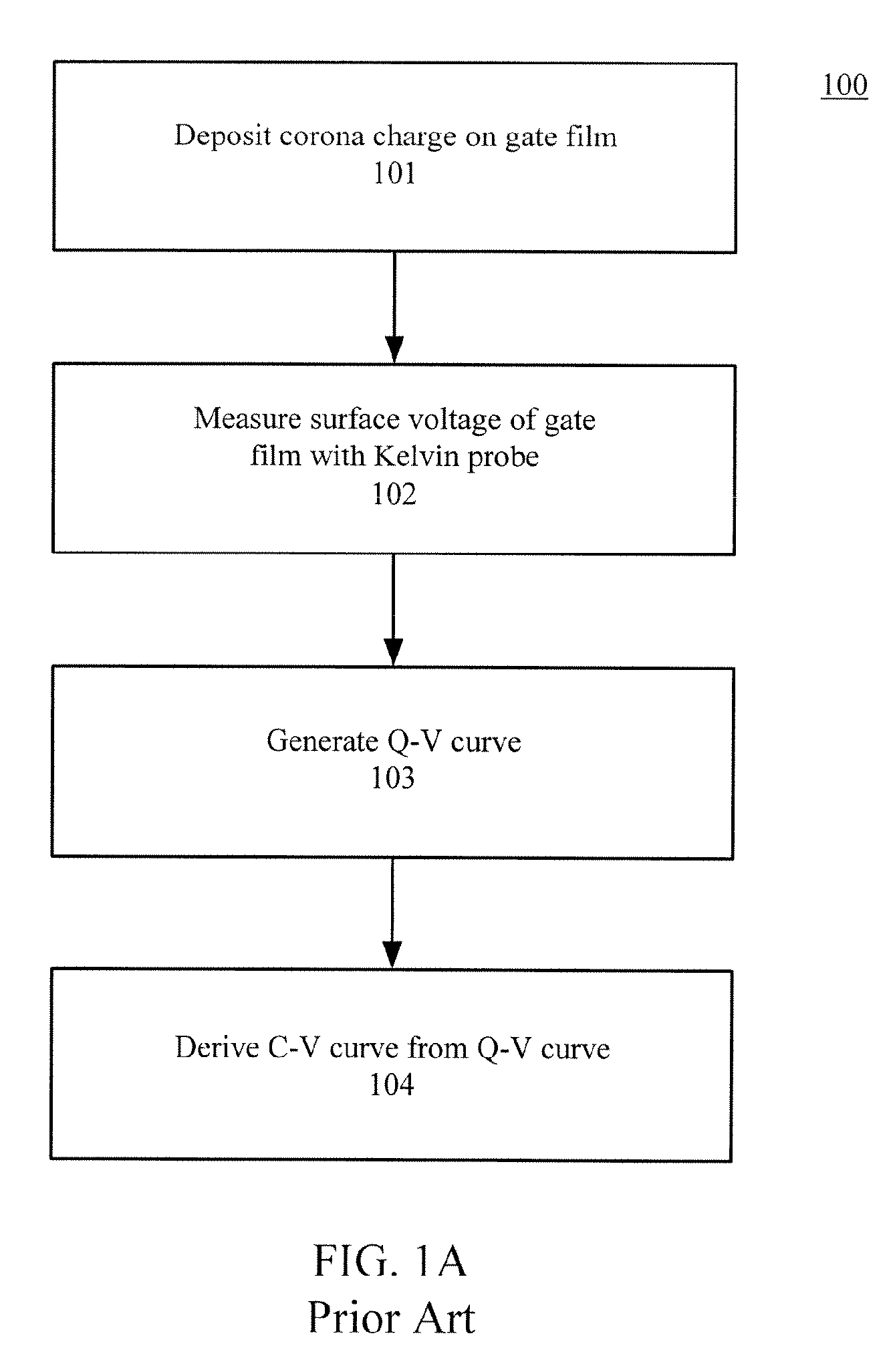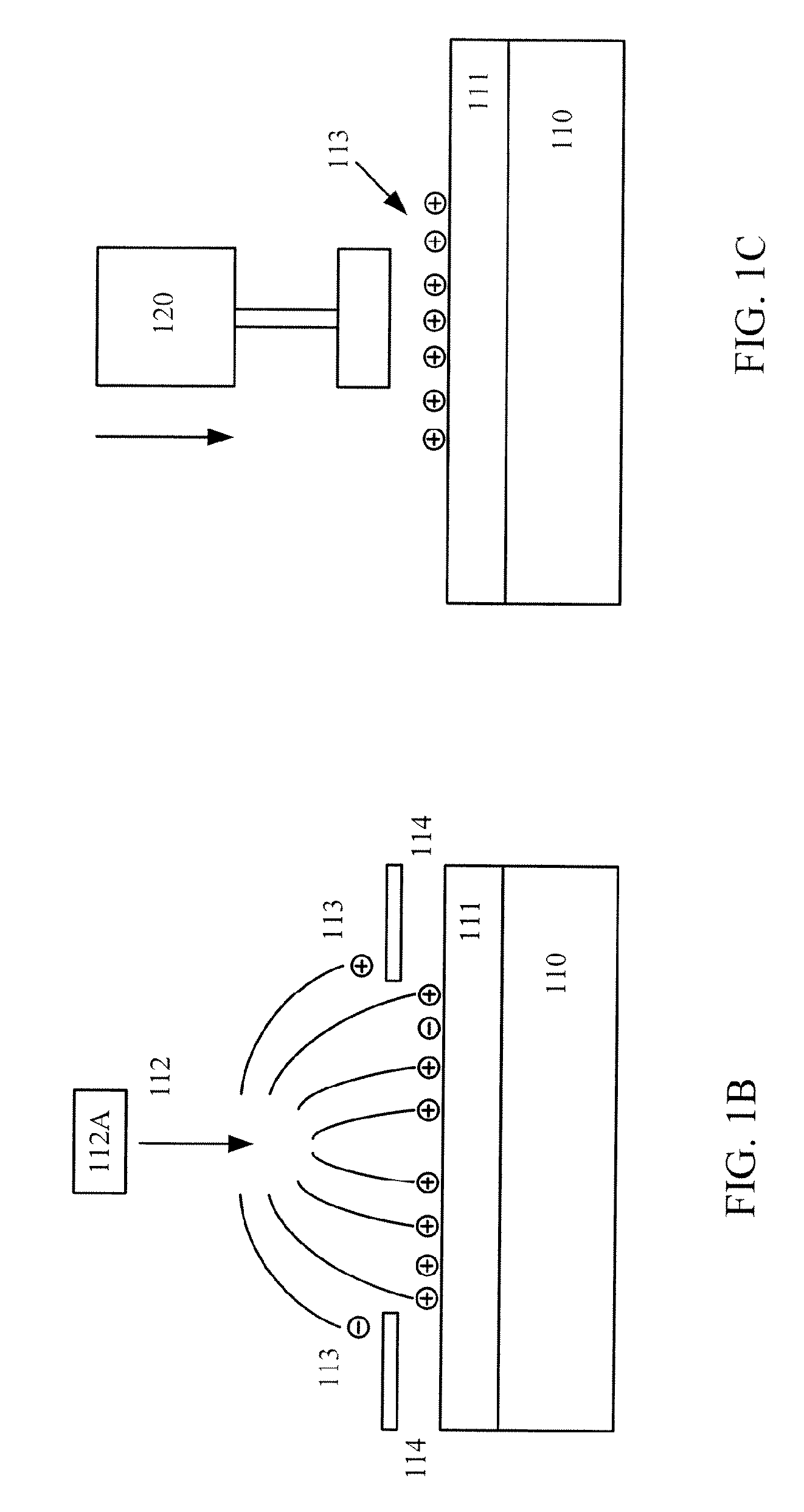Electrical measurements on semiconductors using corona and microwave techniques
- Summary
- Abstract
- Description
- Claims
- Application Information
AI Technical Summary
Benefits of technology
Problems solved by technology
Method used
Image
Examples
Example
DETAILED DESCRIPTION OF THE FIGURES
[0034]A corona-microwave probe system can make accurate electrical measurements. Using these accurate electrical measurements, the corona-microwave system can generate accurate information regarding gate dielectric parameters, the mobility of a substrate, and the sheet resistance of implant regions. As described in further detail below, the corona-microwave probe system can advantageously make capacitance measurements directly, rather than by derivation, thereby improving accuracy. Moreover, the corona-microwave probe system can advantageously eliminate the need to construct a physical transistor connected to a pad to measure substrate mobility as well as the need to physically contact the wafer to measure sheet resistance.
[0035]FIG. 4A illustrates a technique 400 for generating an accurate C-V curve. In technique 400, step 401 can deposit corona charge on a test gate electrode structure formed on a gate film. In step 402, a Kelvin probe, which is ...
PUM
 Login to View More
Login to View More Abstract
Description
Claims
Application Information
 Login to View More
Login to View More - R&D
- Intellectual Property
- Life Sciences
- Materials
- Tech Scout
- Unparalleled Data Quality
- Higher Quality Content
- 60% Fewer Hallucinations
Browse by: Latest US Patents, China's latest patents, Technical Efficacy Thesaurus, Application Domain, Technology Topic, Popular Technical Reports.
© 2025 PatSnap. All rights reserved.Legal|Privacy policy|Modern Slavery Act Transparency Statement|Sitemap|About US| Contact US: help@patsnap.com



